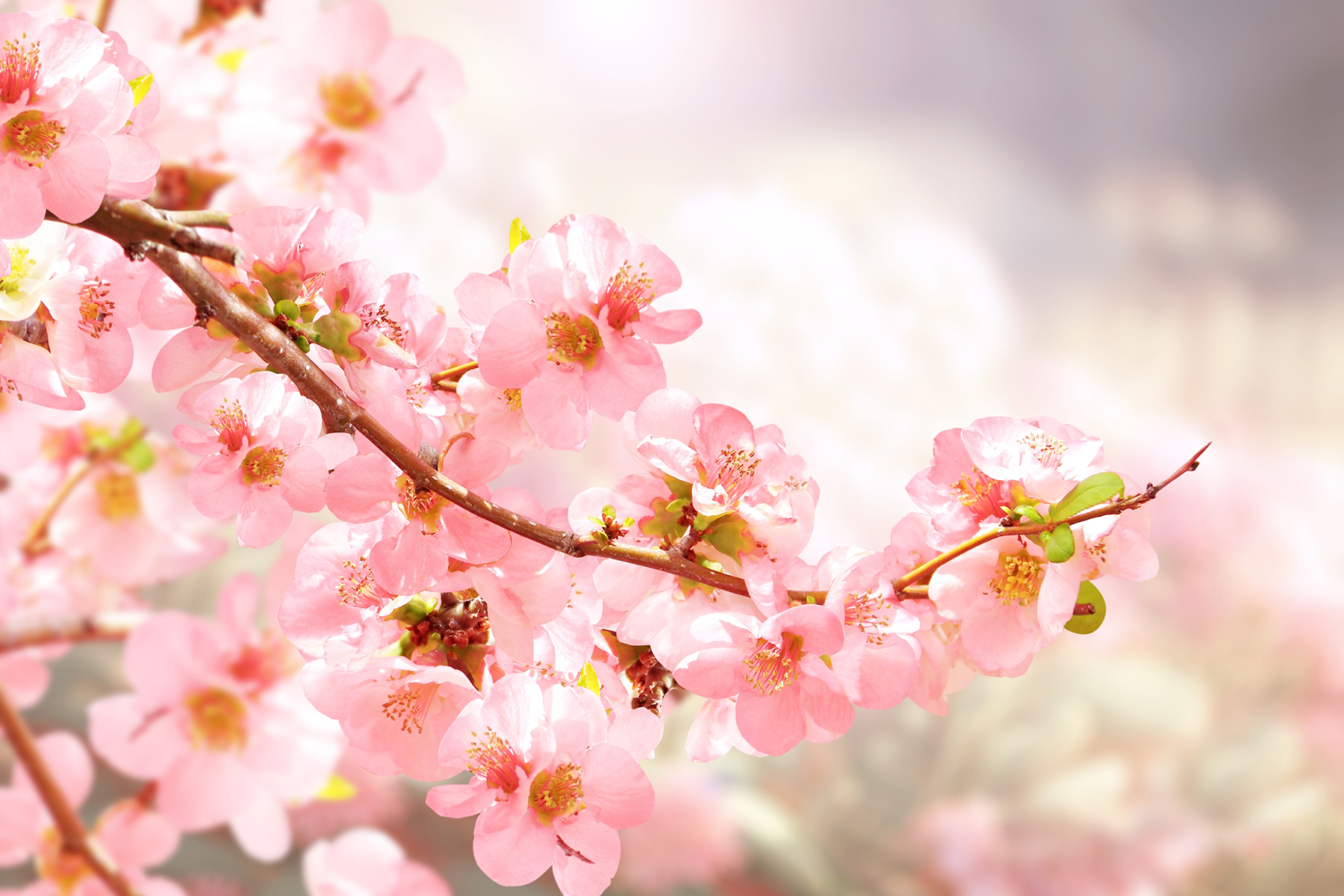Gardening Guru
Dig In To Spring Gardening

Happy spring, gardeners! It’s time to dust off your garden tools and keep them in an easy-to-grab spot for the season ahead. We’re putting our garden plans into action, and as any gardener knows, it doesn’t come to fruition without some sweat, patience, and maybe even a few tears ... so let’s get started!
First, I’m going to tout the soil test. When was the last time you tested your garden soil ... if ever? Now’s the perfect time. Grab a plastic bucket and a garden shovel and collect a few samples from different areas of your garden. But before you do, make sure you have a soil test kit on hand. Locally, you can find them at the Wake Forest and Rolesville Farmers’ Markets. Stop by either market on Saturday mornings and the enthusiastic Wake County Extension Master Gardener volunteers will be happy to hear about your gardening experiences. They can also walk you through the testing process, including how to properly collect and package your sample using the provided cardboard box and information sheet. The NC Department of Agriculture will analyze your soil, running a series of tests that will help you make informed decisions for your garden’s success. And the best part? This time of year, the service is free! Once you’ve gathered your soil samples, you can drop them off at the extension service office on Carya Drive in Raleigh. The results will be an invaluable tool in determining essential nutrient needs and acidity levels in your soil, aiding in plant selection and judging fertilizer needs.
Now, let’s move onto the blooms … are you admiring the flowering shrubs on your neighborhood walks? If so, you may still spot Camellia Japonica in bloom, a spring favorite known for its lush, elegant flowers. If you adore camellias, consider adding Sasanqua varieties to your garden – they bloom in the fall, offering a stunning contrast to their spring-blooming relatives. Both varieties are evergreen shrubs that thrive in part-shade and bring year-round beauty to your landscape.
The brilliant yellow blooming shrubs currently dancing in gardens are likely forsythia, one of the earliest signs of spring. If you’ve also noticed small, delicate pink flowers, you may be looking at a flowering almond, another stunning early bloomer. Both of these beauties enjoy full sun and are fairly drought-tolerant once established.
Have an extra sunny spot in your landscape? Consider adding quince. You may be aware of the common red-orange variety, but keep an eye out for white, pink, or peach double blooms for something a little different. Just remember – as with all spring bloomers, don’t wait too late in the season to prune, as you don’t want to interrupt next year’s bloom.
Now is also a great time to plant azaleas in shades and sizes that suit your space. If you want a long-lasting floral display, consider Encore Azaleas, which bloom up to three times a year, offering color in early spring, summer, and again in fall. Whether you prefer spring bloomers or rebloomers, azaleas are an excellent choice for adding vibrant color to full shade garden areas.
If you started plants from seed as winter waned and are now preparing to move them into the garden, be sure to harden them off before exposing them to full sun. Hardening off is the gradual introduction of seedlings to outdoor conditions – sunlight, wind, fluctuating temperatures, and even light rain – to help them adjust and to prevent transplant shock. Start by placing them outside for just a few minutes on the first day, then gradually increase the time they stay outdoors over the course of a week or two. Once acclimated, leave them out overnight in a protected spot. Here in the Triangle (Zone 8a), the average last frost date is April 6, but unexpected cold snaps can still happen. If temperatures drop, protect your tender plants. Large nursery pots can be placed over seedlings to shield them from frost. If using plastic coverings, be cautious – remove them before the sun rises to prevent overheating, as trapped heat can quickly scorch young plants. For a larger area, draping a sheet over plants for a few hours can offer protection. For the best safeguard, keep row cover fabric on hand – it’s lightweight, easy to use, and provides excellent protection from cold snaps and intense sun. Later in the season, it can shield salad greens from the harsh summer sun, extending your harvest and keeping delicate crops thriving.
Spring is the time to start planting summer bulbs and rhizomes (think daylilies, iris, and dahlias). These bulbs will soon be popping up in local garden centers, so pick out your favorites and start planning your summer garden. With a little effort now, you’ll be rewarded with vibrant color and lush blooms in the months ahead.
As your cool-season grass, namely fescue, continues to grow, regular mowing is essential. Keep it at a height of 2.5 to 3.5 inches to promote strong root development and maintain a lush, healthy lawn. Additionally, be sure to provide 1 inch of water per week if rainfall is insufficient. The same is true for warm-season grasses. However, once your lawn greens up, it’s best to mow it to about 1 inch. Be cautious not to scalp any type of grass, as this can weaken it, making it more susceptible to disease and demise. When making fertilizer decisions, consider your grass type and research care documentation available to homeowners.
To revive your pottings, clear out old cuttings and refresh them with colors and textures of the season. Many of the new plant introductions will thrive through summer with proper care, bringing vibrancy and life to your space. Pinching back spent blooms or lightly cutting plants after a flush of flowers will encourage new growth and repeated blooms. This also prevents your plants from becoming leggy or tired-looking.
Don’t be afraid to rearrange your pots to highlight different areas of your garden. A fresh placement can enhance the overall look and breathe new life into your space. The same goes for hanging baskets – whether filled with greenery or blooms, they will benefit from proper light, feeding, and watering. Keep in mind that container plants need extra care in full sun. They will struggle if not properly watered and fed, especially in North Carolina’s afternoon heat. When possible, avoid placing container plants in direct, intense sun for long periods.
Vegetables should be planted, fed, and watered just like the rest of your garden treasures. Keeping up with weeding is essential, as weeds compete for nutrients and moisture, impacting the health of your crops. For running plants like cucumbers and squash, consider training them on a trellis or other support structure. Or if you prefer to let them sprawl on the ground, using a layer of straw or mulch can help keep the fruit clean, prevent rot, and suppress weeds. I follow the same practice for pumpkins, which I plant in late June.
Keep an eye out for powdery mildew on plant leaves in both your ornamental and vegetable gardens. If you spot affected leaves, remove them immediately, bag them, and throw them away – do not compost them, as this can spread the spores. For ornamental plants, if mildew has already taken hold, cut them back and discard the infected growth to encourage healthy regrowth.
Listen closely to your newly planted edibles, perennials, and annuals, and you’ll hear that they are just as excited about the growing season as you are. Okay, I exaggerate – you won’t actually hear their excitement, but you’ll certainly see it as they flourish in the warming weather. Keep an eye on their sunlight exposure, hydration needs, and nutrition, and together we’ll enjoy a vibrant and abundant spring and summer.
As the saying goes, “Spring is nature’s way of saying, ‘Let’s party!’” Did Robin Williams say that? I think so! Regardless, get out in your garden and enjoy the party – and when the tomatoes start to ripen, invite others over to enjoy the party too. Happy gardening!
Pam Eagles
Pam Eagles lives in Rolesville where she gardens with two dogs and a cat. She is a founding member of the Community Gardeners of Rolesville Garden Club and serves as a Wake County Master Gardener.

